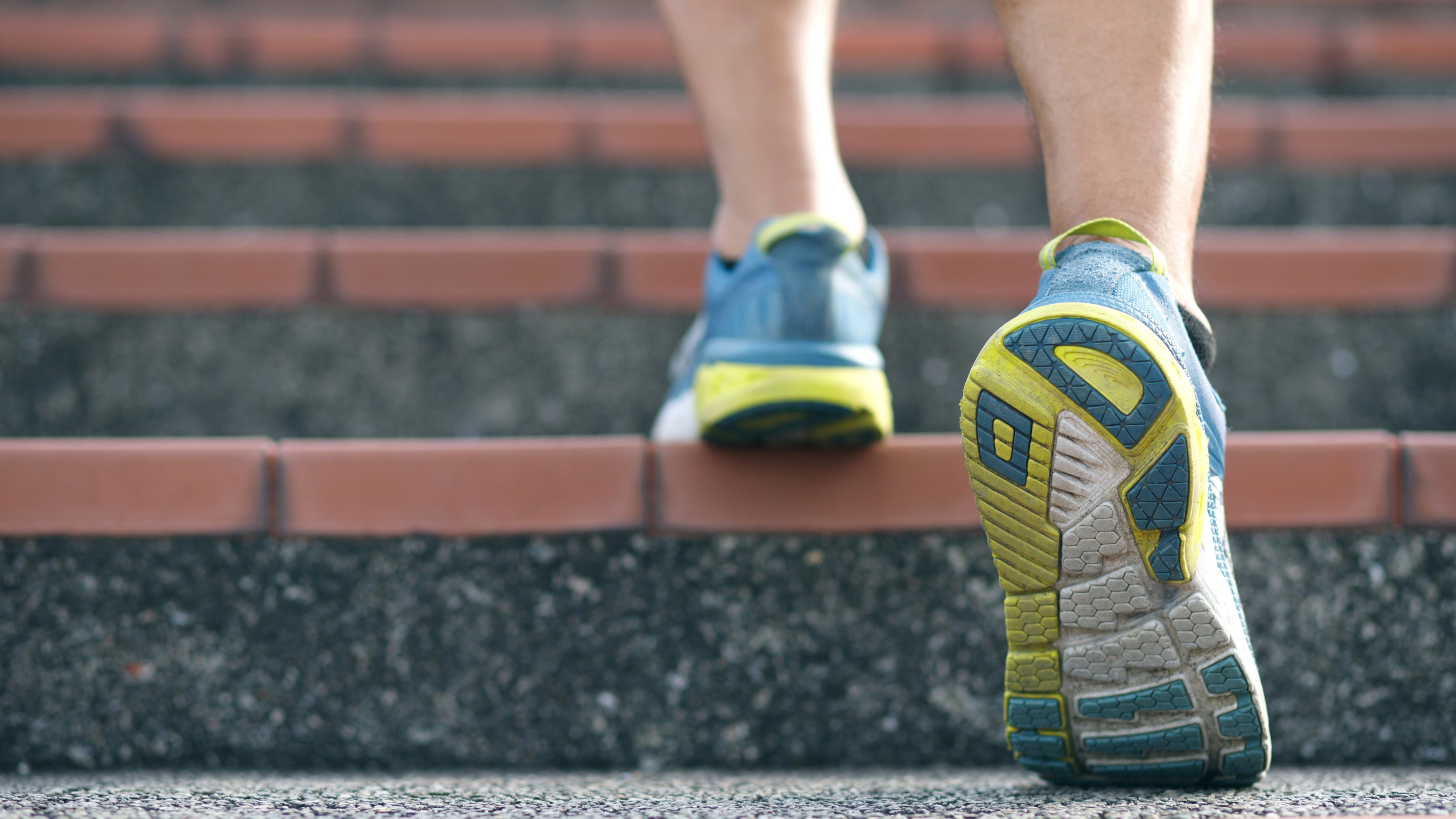Strength and balance naturally decline as we age, but that doesn’t mean we’re powerless to prevent it. While aging is inevitable, staying strong doesn’t require a pricey gym membership. With the right habits, even simple daily movements can help preserve mobility and independence.
Walking is well known for its health benefits at any age, from boosting cardiovascular fitness to strengthening bones. At Tom’s Guide, we’ve tested everything from Japanese walking techniques to rucking and the 5-4-5 method to get more out of our steps, using the best fitness trackers to monitor progress.
But there’s one everyday activity that deserves more attention for its strength-building potential, and that's stair climbing.
According to research, stair climbing can build muscle power, improve balance, and offer similar benefits to traditional gym workouts for older adults. It is a low-cost and accessible way to stay strong, steady, and independent, with benefits that go far beyond just getting from one floor to the next.
What does the research say
In a recent study published in the Journal of Strength and Conditioning Research, researchers compared stair climbing with traditional resistance training in adults over 70. Both groups improved in lower-body strength and everyday tasks like walking and standing up from a chair.
Those who climbed stairs performed better in stair-climbing tests, which may not come as a surprise, but reinforces the idea that simple, familiar movements can be just as effective as a gym session. For anyone looking to stay strong without lifting weights, this is good news.
Why stair climbing works

Climbing stairs works your glutes, quads, and calves, and also challenges your balance with every step. It’s a simple way to build strength and stability at the same time. It also gets your heart pumping, so even a few minutes can count as a quick cardio session.
According to a study published in the British Journal of Sports Medicine, short bursts of vigorous activity like stair climbing can significantly improve heart health. In women, researchers found that climbing stairs for just four to five minutes a day was linked to a reduced risk of heart disease and a healthier, longer life.
How to incorporate stair climbing into your routine
Not ready to take on multiple flights? Start with a short stair circuit. Climb up and down a few steps for a few minutes at a steady pace to get your heart rate up and engage your lower body muscles. Use a handrail for support if needed, wear stable, supportive shoes, and focus on strong, controlled movements. Even a five-minute stair session can feel surprisingly effective and help build strength and stamina over time.
If you’re already active and want more of a challenge, try increasing your pace, adding more flights, or using a stair climber machine at the gym to build endurance and intensity. Whatever your starting point, stair climbing is easy to scale up or down. Just remember to check in with your doctor if you have any health concerns before beginning.
And if you’re looking for more simple ways to move, try boosting your metabolism with this 5,000-step walking workout, adding extra steps with the habit stacking trick, or mixing things up with the 6-6-6 walking challenge for a more structured routine.
.png)











 English (US) ·
English (US) ·